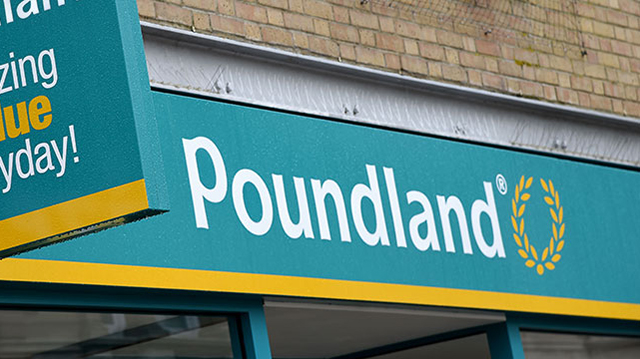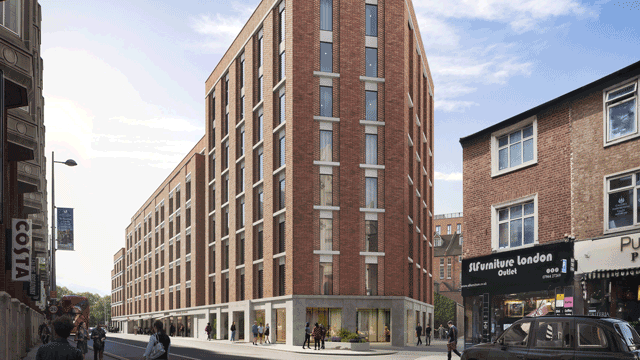Cardiff has never had it so good, with housebuilders taking over redundant offices to meet demand. But as everyone jumps on the bandwagon, there is a danger of oversaturation. A rethink is needed. By Michael Rees
When both Halifax and Nationwide Building Society announced a small fall in house prices towards the end of last year, taken with the sharp correction already seen in the UK housing sector after 11 September, speculation of a downturn intensified.
In Wales, however, it is difficult to identify any real cause for concern, given some of the spectacular developments taking place in Cardiff city centre and the Bay area, and activity along the M4 corridor.
Land values in Cardiff in particular have risen dramatically, achieving well in excess of £1m per acre. Comparisons with previous years, however, have been distorted because of the abundance of land transactions for high-density development in the Bay area.
In the city centre, developer activity dominates. Residential values have for some time been exceeding those for office use and both sites and freehold buildings have now been given over to more “exclusive” residential development.
Living in luxury
Taywood Homes, for example, has converted Farnham House, the former AA headquarters, into one-, two- and three-bedroom flats and three-bedroom penthouses, at prices ranging from £135,000 to £408,000.
And St David’s, the Welsh arm of Berkeley Homes, has acquired Landmark Place, a vacant site just off the main Queen Street shopping centre, and is constructing 272 one-, two- and three-bedroom apartments and three-bedroom penthouses. Prices are between £122,500 and £550,000.
Other transactions include Wimpey Homes’ purchase of the former St David’s Hospital site within a mile of the city centre, and Redrow Homes’ recent acquisition of the New College site – a more fringe location, but confirming the major developers’ appetite for inner-city living.
Whether other property on the market will go the same way remains to be seen. Cardiff Bay is one example, say many, of an area that is becoming over-saturated with apartment-style development, particularly as there are a number of undeveloped sites with planning permission.
McAlpine Homes, for example, is yet to start on a site at Queensgate South, acquired from Grosvenor Waterside last year. It had been earmarked for office development.
In addition, Cardiff council has 5.8 acres on the market at Victoria Wharf with potential for a further 470 apartments. It has also allocated land for an additional 850 units on the Peninsular Site off Ferry Road.
From a planning point of view, while a continuation of city-centre and Bay redevelopment relieves pressure on more peripheral greenfield sites, it is difficult to envisage how that position will be sustained.
Style change needed
What is needed is a change in style, back to more traditional forms of development where opportunities for “executive” waterside development will attract premium values. The Bay area certainly provides a fine environment for residential development.
Elsewhere, the land market throughout South Wales has been more quiet. Corporate takeovers – such as Persimmons’ acquisition of Beazer Homes, Wimpey’s purchase of McAlpine, the combination of Bryant Homes and Taylor Woodrow Homes and predator activity being defended at Wilcon – have tended to grab the attention, causing either deals to slip or sites to remain unsold for longer than usual.
But once things have bedded down, and these internal reorganisations have been completed, we should see whether the market for the rest of Wales has peaked, as in 1989, or merely paused before continuing an upward trend.
Unlike the previous boom, conditions of both low inflation and interest rates prevail – with the latter showing no immediate signs of upward pressure. Affordability – as in people being able to repay their mortgage – will ensure that the prospects for the housing market remain strong.
London prices at their peak
Chesterton’s research suggests that, relative to UK average earnings, house prices in London are already at or about their historic peak. So, unless interest rates continue to fall, the London house price market is about to, or has already started to, fall back.
A similar analysis for Wales shows affordability remaining at an historic low and house prices generally look set to continue rising for the foreseeable future.
The land market should also remain on an upward curve. However, the lack of planning applications being decided within a reasonable period, and tardiness in the production of local plans, means the availability of suitable sites will continue to cause problems for housebuilders.
Scarcity will create competition sufficient to drive land values ahead of house price inflation. While this could be good news for landowners, the mismatch will prove a headache for developers seeking to maintain land banks without eroding their profit.
Michael Rees is director in charge at Chesterton’s Cardiff office
|
Average house prices compared with UK average earnings |
|
Houses in Wales are consistently lower priced |
|
Source: Chesterton |










